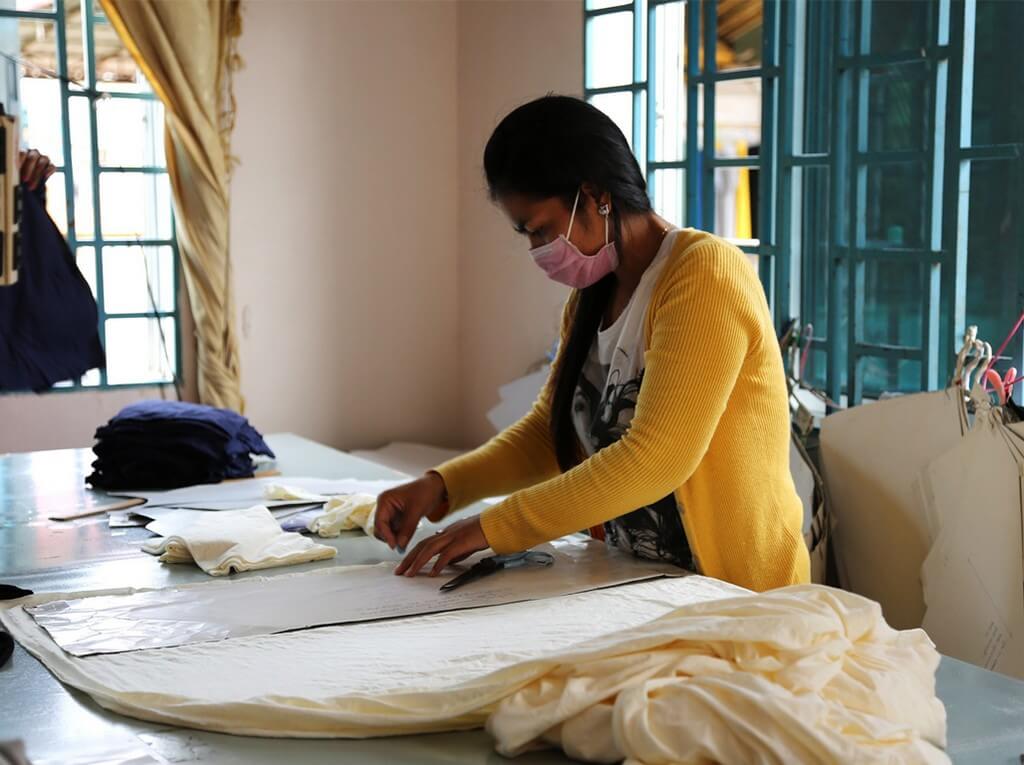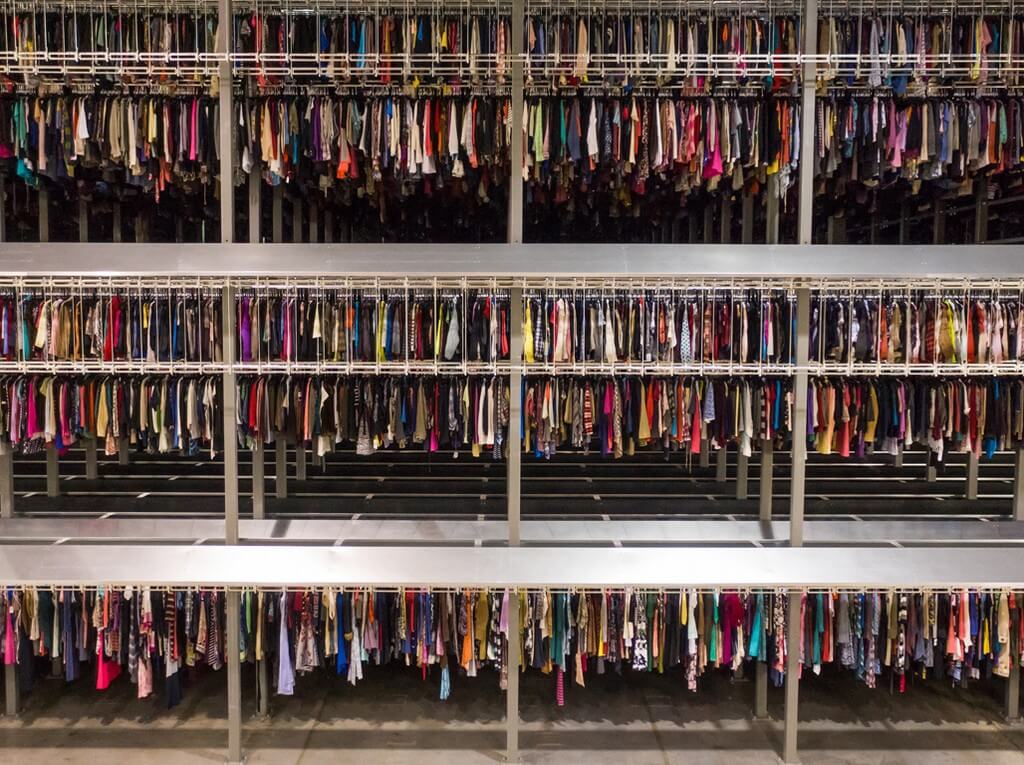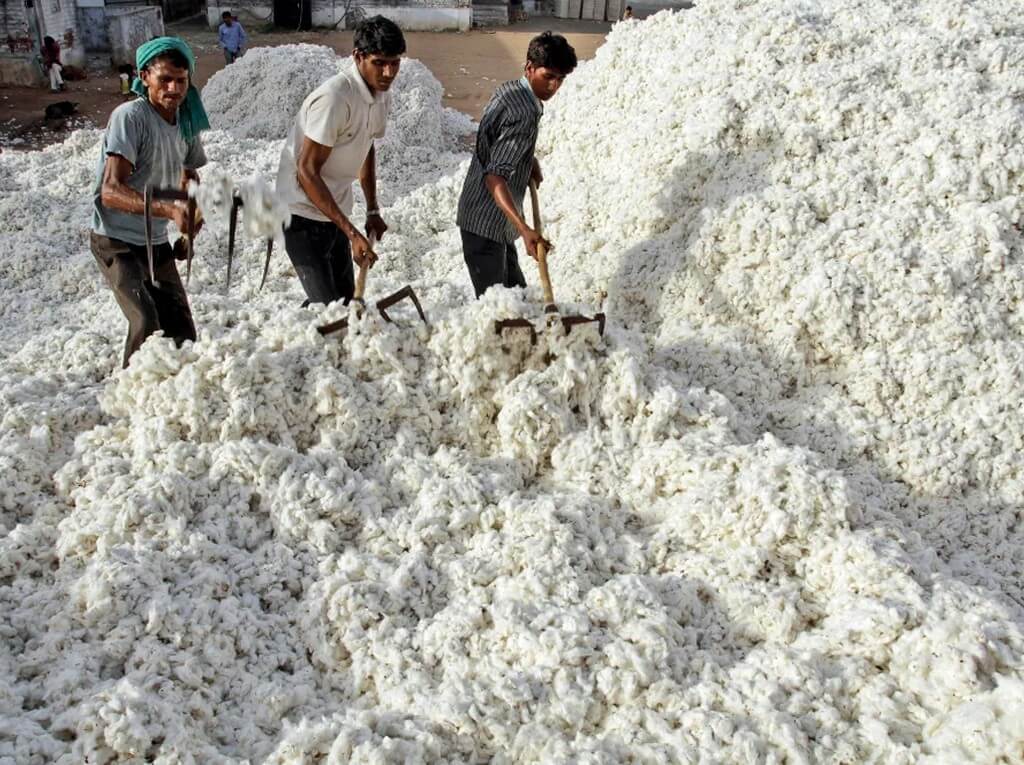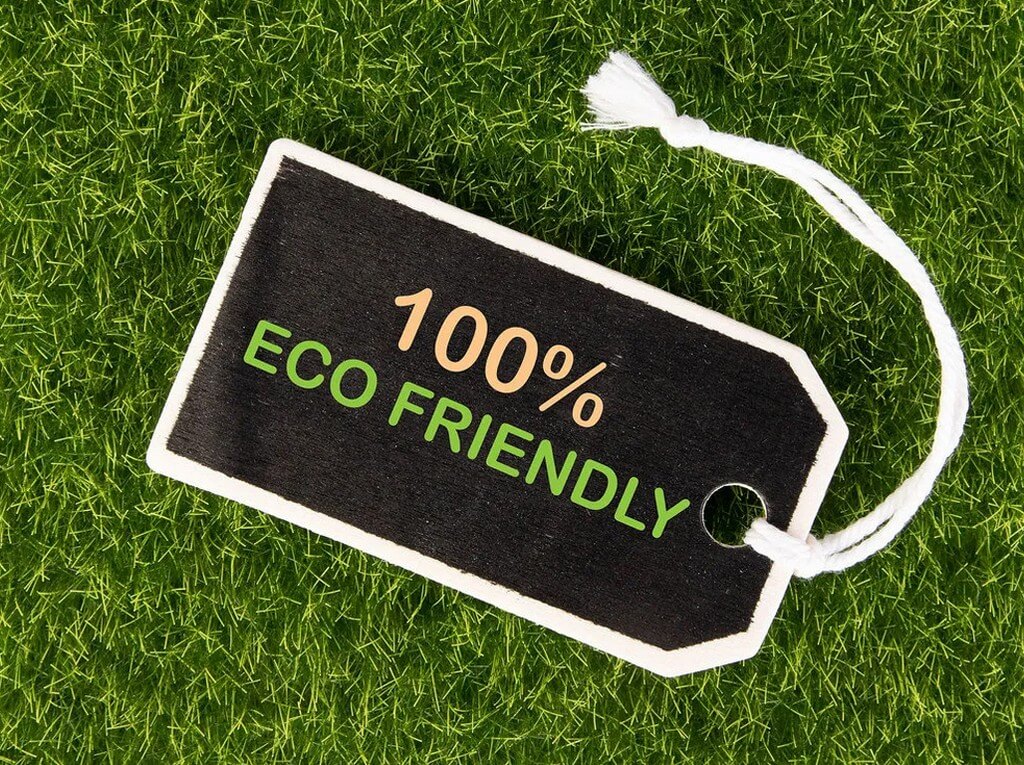Conscious Fashion, Ethical Fashion, And Sustainable Fashion
25/10/2021 2023-10-30 18:03Conscious Fashion, Ethical Fashion, And Sustainable Fashion
Conscious Fashion is usually mistaken for sustainable fashion. Despite their similarities, they’re doing also contains some differences that make them two completely different concepts. it’s become a dilemma among many patrons and fashion enthusiasts when it involves purchasing clothing and accessories. All this confusion is to be blamed on the terms ‘Sustainable’ and ‘Conscious’ fashion. Although the labels on the clothes do mention these terms, there also are more terms getting used with reference to sustainability, which frequently results in consumer confusion.
Here are terms used with regards to sustainability that clears all major causes of confusion:
1. Ethical Fashion

Ethical fashion is totally focused on the labour sector of fashion. It talks about the labour treatment, as in, whether the worker is being paid his daily wages, are the regulation aged limit being followed, and so on. fairly often the term ‘Ethical’ is clubbed with fabrics like ‘Ethical Leather’ or ‘Ethical Faux Fur’, which does no justice to the term, as these products aren’t friendly or ethical towards the workers manufacturing them, and sometimes these fabrics don’t biodegrade easily, which doesn’t make them sustainable also .
PVC (polyvinyl chloride) is employed in most garment manufacturing industries, which are harmful to the workers within the textile industry. Therefore, it’s important to ascertain the brand and its process of curating garments, which can raise awareness of the health issues that an individual faces for a garment that’s worn to adorn oneself.
2. Cruelty-Free
 Cruelty-free refers to animal protection, and whether animals were harmed or being during the manufacturing process of the garment. With reference to fashion, it also refers to garments that haven’t any traces of animal by-products. This necessity doesn’t mean that the manufacturing process of the garment is cruelty-free, therefore it’s best to seem into the merchandise and research on the brand to form sure that it’s a real cruelty-free brand.
Cruelty-free refers to animal protection, and whether animals were harmed or being during the manufacturing process of the garment. With reference to fashion, it also refers to garments that haven’t any traces of animal by-products. This necessity doesn’t mean that the manufacturing process of the garment is cruelty-free, therefore it’s best to seem into the merchandise and research on the brand to form sure that it’s a real cruelty-free brand.
3. Organic Fashion

Organic in fashion refers to all or any or any natural fibres that are cultivated without the use of any harmful, harsh, and toxic chemicals like pesticides. this all organic fibre that the indurt has, is cotton. Although the cultivation of cotton doesn’t require any pesticide, it does consume an enormous amount of water. so on reduce the number of water used, chemicals are added, which contaminate the water sources in and around the area of the farm, which can be hazardous to those consuming the water. apart from cotton, you furthermore may have hemp and silk and jute that are sources of organic fashion. the solution to the causes of cultivating cotton is by reducing the consumption.
4. Conscious Fashion
 Conscious fashion could also be a word that’s often utilized within the style industry during a synonymical manner. it’s frequently used with regards to moral Fashion, Sustainable Fashion, and even Eco Fashion, despite them having their own differences. On the other hand, the term ‘conscious’ is additionally utilized in brands that support sustainability in their clothing, as an example , the ‘Conscious Clothing’ brand. Conscious fashion is about being aware of the clothing, accessories and every fashion related product isn’t against sustainability.
Conscious fashion could also be a word that’s often utilized within the style industry during a synonymical manner. it’s frequently used with regards to moral Fashion, Sustainable Fashion, and even Eco Fashion, despite them having their own differences. On the other hand, the term ‘conscious’ is additionally utilized in brands that support sustainability in their clothing, as an example , the ‘Conscious Clothing’ brand. Conscious fashion is about being aware of the clothing, accessories and every fashion related product isn’t against sustainability.
5. Fair Trade

Fair trade refers to the partnership where marginalised producers are receiving their upright wages for the products as in when it’s sold in additional prosperous countries. The pricing of materials in fair trade is mandatory to be above the MRP (market price). The principles of fair trade contains fair payment and thus the reassurance of fantastic working products, which is inspired to be followed by fair trade certified producers within the clothing production.
One of the drawbacks in Fair Trade is that the imperfection in regulating fashion industries. Despite the large sort of fair trade websites, there is no proper answer to fair trade fashion. Although there are other regulators within the market when it involves clothing, it is often best to undertake to to individual research on an organization and their work and manufacturing processes with regards to sustainability and ethics in fashion instead of relying on certifications.
6. Sustainable

Sustainable Fashion isn’t necessarily purchasing eco-friendly clothing, it can also be recycling
The after effect of a garment post production on the world is what sustainability is with reference to . There are some questions that need to be asked to oneself before purchasing a fashion line or clothing:
- Where is that the resource for the garment production derived from?
- What happens to the garment once it reaches the last word stage of shelf life?
What is the number of waste produced in manufacturing the clothing?
If the merchandise doesn’t biodegrade, then it isn’t considered sustainable. what’s taken from the world , must return to the world without harming it, this is often often where organic and each one natural brands play a significant role. There are brands that employment with dead stock, that’s fabric that’s considered a waste, or Levi’s that produced its jeans with the foremost minimal amount of water whilst increasing the lifecycle of the merchandise . the highest aim of every brand is to be the network or the world and not its toxin.
7. Slow Fashion

Slow fashion is that the reversal of Fast Fashion. Garments created with the absolute best quality resources made to last longer than regular clothing. Contrary to the earth we sleep in would only contains slow fashion clothing but the concepts of trends will got to be compromised on. Although slow fashion cannot be purchased as often as through with the concept of fast fashion.Though it are often encouraged. Before any clothing purchased from a fast fashion clothing line, research the brands and appearance into smaller scale brands that support the concept of sustainability. Slow-fashion brands cultivate the habit of not being driven by trends and keep specialize in classics which can make a mark.
8. Greenwashing

There are various brands that claim to be ethical or sustainable, that on further inspection are revealed to be false or overstated. This is often often mentioned as ‘Greenwashing’. An instance of greenwashing is when a brand claims to possess garments that are eco-friendly because it’s formed of eco-wool, when the actual fact of this is often that the share of eco-wool within the garment is simply about 4% out of the 100. In such cases, the other 96% of the fabric would be of less sustainable materials. On the other hand, many fast fashion brands claim to be sustainable just to filter their stocks of thousands of non-sustainable clothing.
Conscious fashion, Ethical fashion, And Sustainable fashion are similar but not the same. They branch out into different concepts with the aim being rooted in sustaining and restoring the environment. Practising these movements will not only benefit the environment but also the individual in various ways. When it comes to the above mentioned concepts they are not only restricted to fashion, but can be practised in other aspects such as beauty and lifestyle. At JD institute, these practices are kept as the main focus when educating aspiring creative students in different departments.













